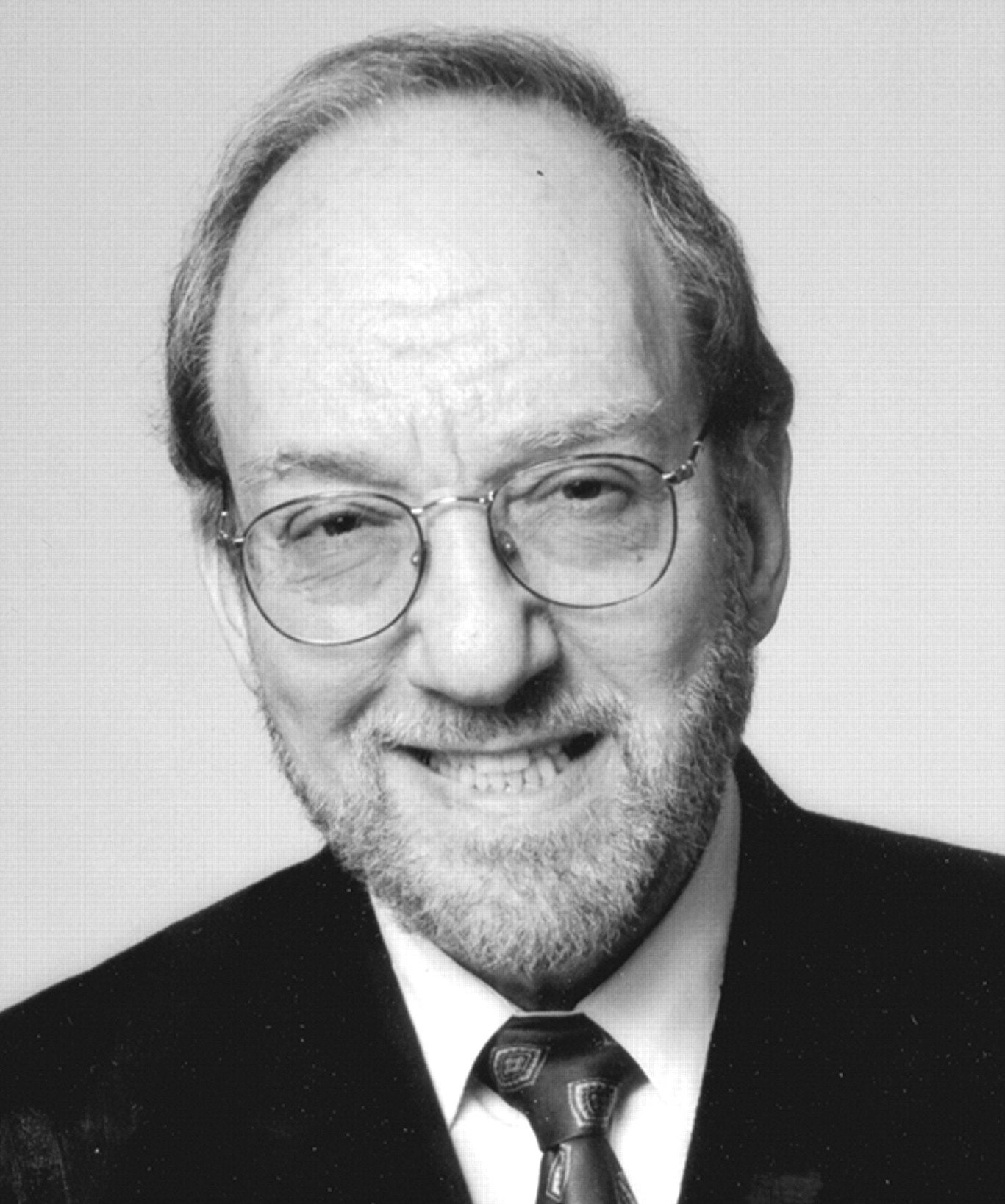Assembly Has Evolved Into Powerful Voice for Psychiatry
The APA Assembly was formed in 1954 with representatives from 16 district branches (DBs). Twenty years ago Speaker Irwin Cohen described that first Assembly as “an impudent, rebellious body consisting largely of a collection of private practitioners who were totally unsophisticated in matters of psychiatric body politics as compared to board members who were mostly academic.”

While the rebellious nature may not have changed, certainly the disparity between the type of practice that Board and Assembly members have has largely disappeared. In fact, I would say that the makeup of the Assembly has evolved considerably and well represents the membership in the district branches. The structure of the Assembly incorporates a number of minority and underrepresented groups. It is better able than any other component to represent the diverse APA membership. The Assembly now includes members-in-training, early career psychiatrists, and representatives from allied psychiatric organizations, making it even more inclusive.
However, like most of you, I spent nearly half my professional life having no idea what the Assembly did. It was only when, after several years on my DB Executive Council, I became president-elect of my DB and I came to Washington to watch the Assembly in action that I realized what a dynamic body it is. I subsequently became the Assembly representative from my DB.
In the 13 years that I have been in the Assembly I have also seen it evolve into the clear, influential voice of our profession. While the Board of Trustees has the fiduciary responsibility for APA, the Assembly, in my opinion, is APA's creative force. It is the moral compass of our profession and its watchdog. Most of the members of the Board of Trustees are former Assembly members. The Board respects the actions of the Assembly and is greatly influenced by its debates and actions.
I am very appreciative of the chance to write a periodic speaker's column for Psychiatric News. I am greatly challenged to show the membership how the Assembly is working for them on the local and national levels and how I can get you to interact with your Assembly representatives.
Fortunately, we live in the era of instantaneous communication. I can show you with the click of a mouse all the actions proposed for the most recent Assembly meeting, held in November (Psychiatric News, December 1, 2006), as well as the summary of the actions that took place at the three-day meeting. You can immediately identify your DB representative and send him or her an e-mail and open up channels of communication on any issue. (DBs with large memberships have more than one representative.) Just go to Members Corner on APA's homepage at<www.psych.org>, where you will find a list of the Assembly representatives and links to descriptions of previous actions taken by the Assembly.
To contact your Assembly rep, go to<www.psych.org/members/components/assemblydetail.cfm>. To see a summary of actions from the November 2006 Assembly meeting, go to<www.psych.org/members/gov/assembly/aps/actionpaperstatus_nov06.cfm>. Or you can e-mail me at [email protected].
There are many important issues confronting our profession and our patients that require attention and the development of Assembly action papers to help move us toward achieving our goals.
Three critical issues to which I am directing the Assembly's attention are access to care, problems of returning war veterans, and collaboration with coalition partners such as the National Alliance on Mental Illness and others.
I hope that you will share your thoughts with your Assembly representative on these and other issues that are pertinent to our patients and our profession. ▪



